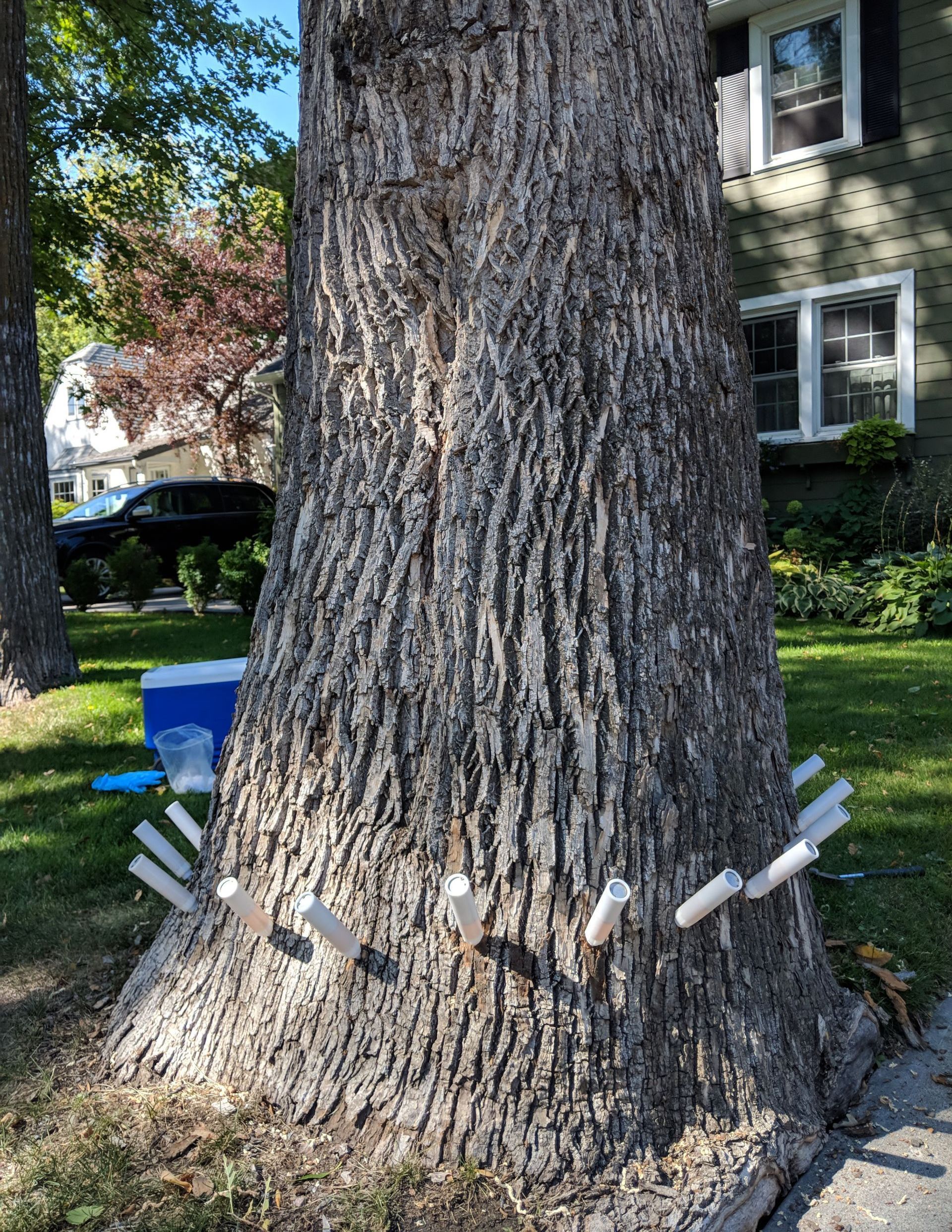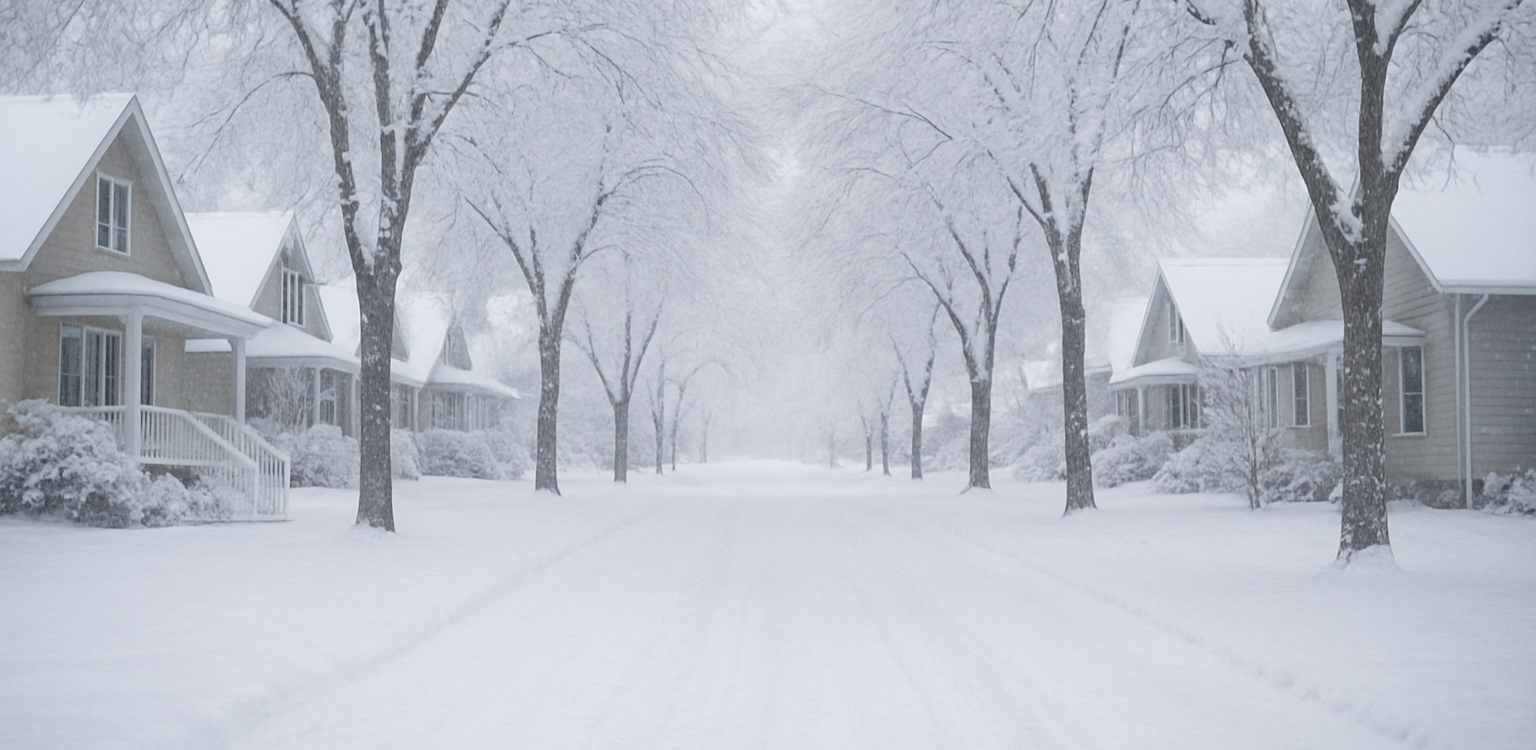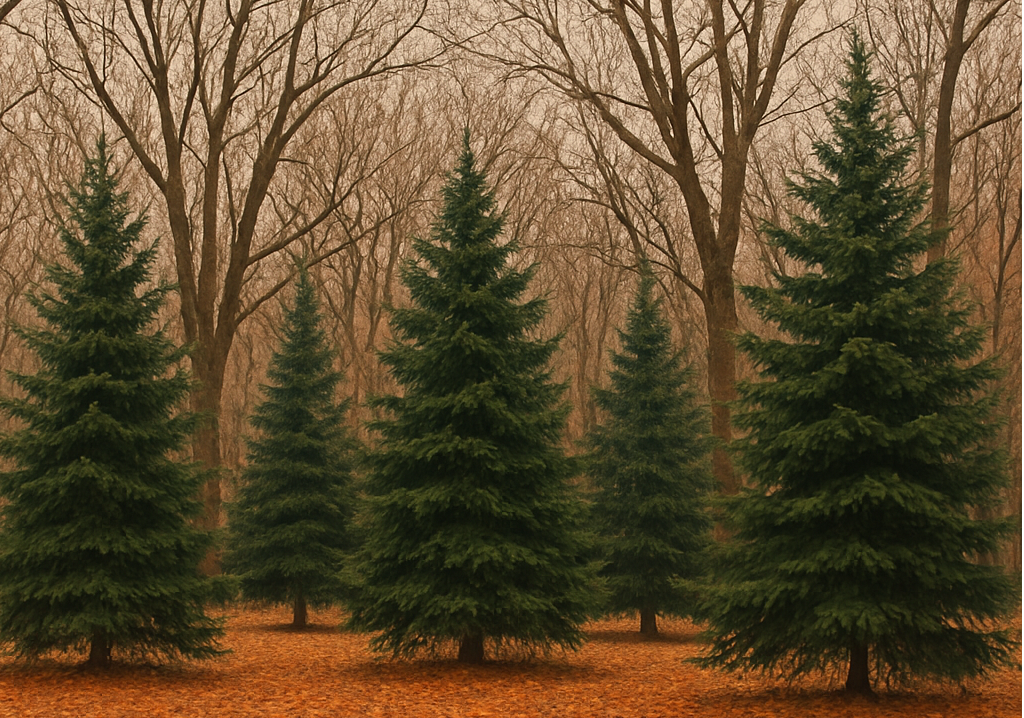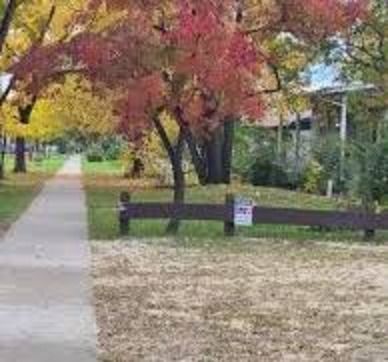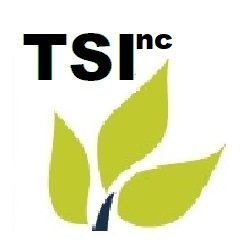The Impact of Invasive Pest and Plant Species on Your Trees: How to Combat The Threat
Trevor Soltys & Paul Kasper
Trees are vital to the health and beauty of our landscapes, offering shade, clean air, and wildlife habitat. But these natural assets are increasingly under attack from an often overlooked enemy: invasive pest and plant species. These invaders can cause significant damage to your trees, weakening them, stunting their growth, or even killing them entirely. Understanding the threat they pose and knowing how to fight back is essential for homeowners and property managers alike.
The Growing Threat of Invasive Species
Invasive species are non-native organisms introduced—intentionally or accidentally—into an ecosystem where they lack natural predators or controls. Without anything to keep their populations in check, these species spread rapidly and often outcompete native flora and fauna for resources.
When it comes to trees, invasive pests and plants can be especially destructive. Invasive insects like the Emerald Ash Borer, Spotted Lanternfly, and Asian Longhorned Beetle have wiped out millions of trees across the U.S. and CANADA. They burrow into bark, feed on sap or leaves, and ultimately weaken the tree from the inside out.
On the plant side, species like English Ivy, Kudzu, and Tree-of-Heaven can overrun an area, choking out native plants, strangling young trees, and competing aggressively for sunlight, water, and soil nutrients.
Signs of Invasive Damage
You might not notice the problem right away, but the signs of invasive damage become more visible over time:
- Thinning Canopy: Trees may lose leaves prematurely or appear sparse.
- Bark Damage: Look for small holes, sawdust-like material, or peeling bark.
- Sucker Growth: Stress caused by pests may trigger unwanted shoots from the tree’s base.
- Vine Overgrowth: Fast-growing vines like kudzu or ivy climbing up a tree can suffocate it.
Early detection is crucial. The sooner you recognize these symptoms, the better your chances of saving the tree.
Combating the Invasion
Fighting invasive species requires a proactive approach, combining prevention, monitoring, and treatment:
1. Know What to Watch For
Learn about the invasive pests and plants that are common in your region. Local extension offices, arborists, or state forestry departments often have updated lists and images. Being able to identify potential threats is the first step in stopping them.
2. Practice Smart Landscaping
Avoid planting known invasive species, even if they’re available at your local garden center. Opt for native or non-invasive alternatives that support the local ecosystem. If invasive plants are already present on your property, remove them carefully and dispose of them properly to prevent spread.
3. Inspect Trees Regularly
Keep an eye on your trees throughout the year. Look for any changes in foliage, bark, or general structure. The earlier you catch an infestation, the easier it is to manage.
4. Consult a Professional
A certified arborist can assess tree health, diagnose pest issues, and recommend treatment options, such as targeted insecticide applications, pruning, or even tree removal if necessary to protect others nearby.
5. Stay Informed and Report Sightings
Some invasive species are part of state or federal tracking programs. Reporting sightings can help authorities manage outbreaks and protect wider ecosystems.
Protecting Your Green Assets
Your trees are long-term investments in your property’s value and your community’s environmental health. Invasive pests and plants threaten more than just aesthetics—they disrupt ecological balance and can cost thousands in damage and removal.
By staying vigilant, choosing native plants, and acting quickly when you notice a problem, you can help protect your trees from these silent invaders. If you’re unsure where to start, contact a local tree care professional to assess your landscape and offer expert guidance.
